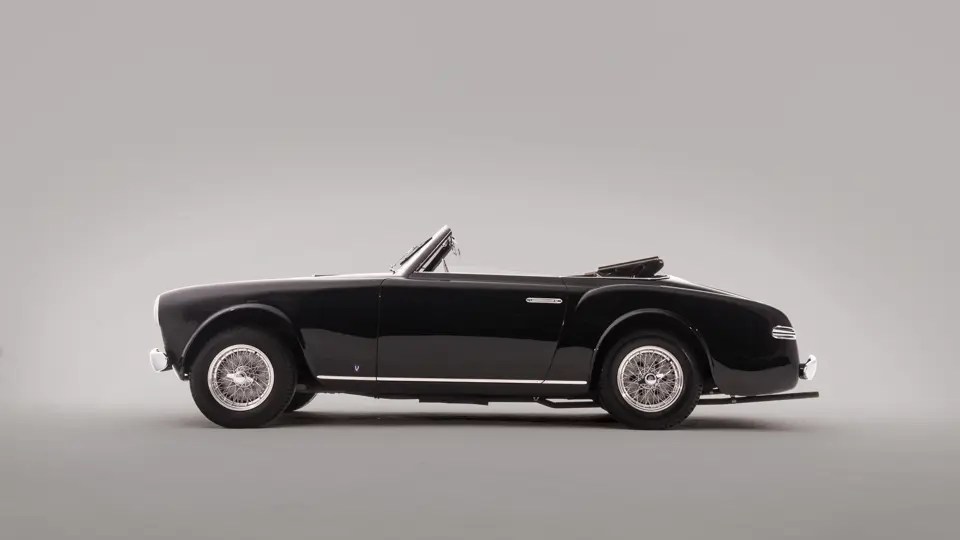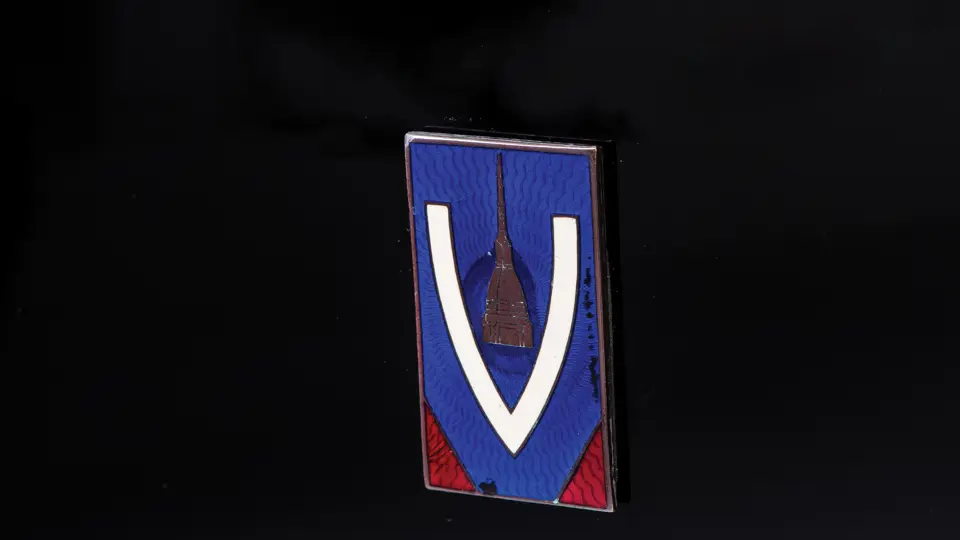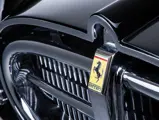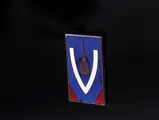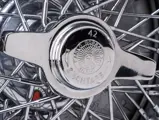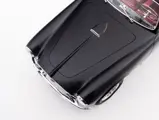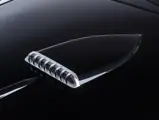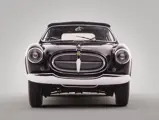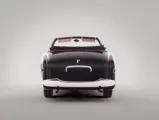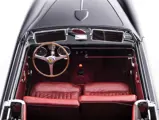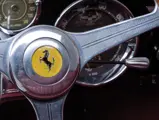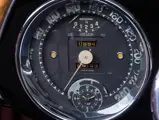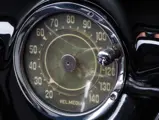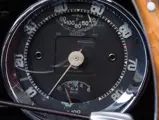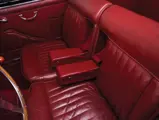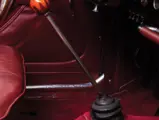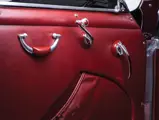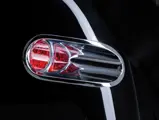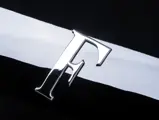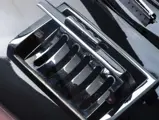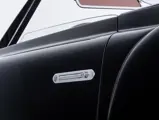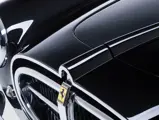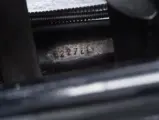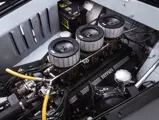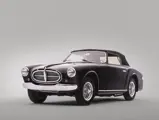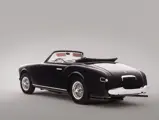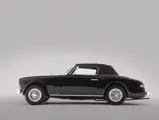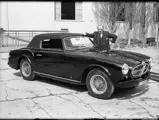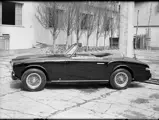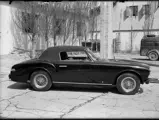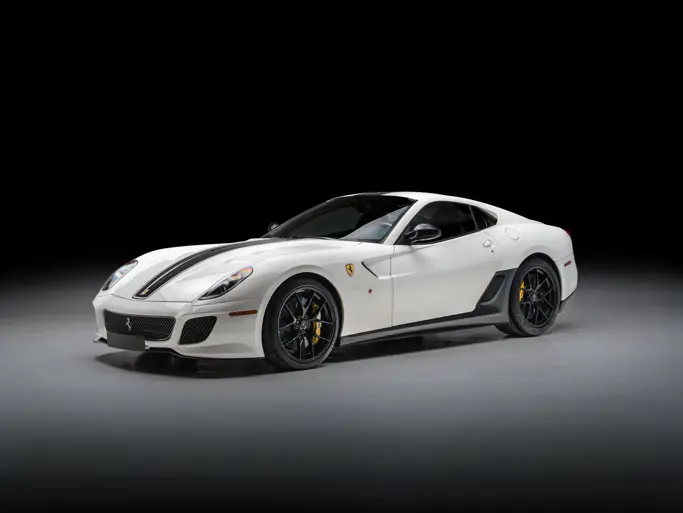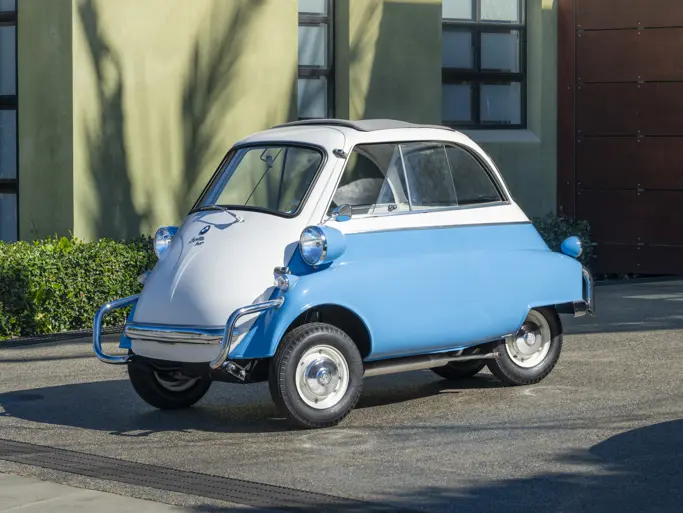
1952 Ferrari 212 Inter Cabriolet by Vignale
{{lr.item.text}}
€1,176,000 EUR | Sold
{{bidding.lot.reserveStatusFormatted}}
- One of four Inter Cabriolets bodied by Vignale
- Unique coachwork design cues; powerful triple-carburetted engine
- Documented history by Ferrari historian Marcel Massini
- Ideal candidate for FIVA certification and major concours display
- Ferrari Classiche certified
170 bhp, 2,562 cc SOHC V-12 engine with triple Weber 36 DCF3 carburettors, five-speed manual transmission, independent front suspension with unequal-length A-arms and leaf springs, live rear axle with semi-elliptical leaf springs and parallel trailing arms, and four-wheel hydraulic drum brakes. Wheelbase: 2,600 mm
In 1950, Ferrari increased the displacement of its early Colombo-designed V-12 engine to over 2.5 litres, and the new 212 model succeeded the 166 and 195 models that had evolved since 1947. The 212 was offered in two configurations: a short-wheelbase version that was principally exported to the United States (the Export) and a continental-based version that rode a 2,600-millimetre wheelbase (the Inter).
Later in the model’s brief three-year production run, the Inter was mechanically upgraded with triple carburettors, making the car nearly the performance equivalent of the competition-geared Export. Only approximately 78 examples of the Inter were constructed in total, and they have grown to become a highly desirable early collectible in the storied evolution of the Colombo V-12 Ferrari road car.
This sensational 212 Inter is one of only four cabriolets bodied by Vignale (and one of approximately 36 total examples constructed by the coachbuilder). Vignale delivered some very unique design cues with this brief grouping of open cars, including a dual-mouth front fascia that featured a smaller elliptical opening below the standard grille location. The main grille was characterized by vertical sections that were unusually framed by a larger circular chrome piece with crossbars—the vertical element of which visually led to a raised spine along the hood. Additional distinguishing elements of the design included curved rear fenders that house recessed tail lamps and bumpers painted in the body shade, a very unusual colour design at the time.
As demonstrated by date stamps, the car’s engine was completed in February 1952, while the steering box was finished in October. Painted in black, the cabriolet was equipped with a very distinct interior in red leather that featured dual glove boxes and a single rear seat behind the two front seats.
Interestingly, the serial number 0227 EL was originally stamped on a right-hand drive example of the Vignale Cabriolet that was slated for customer John McFadden, an Englishman residing in Paris, France. McFadden, however, had actually intended to acquire a left-hand drive example for use on the continent, and when Ferrari attempted to deliver the original 0227 EL to him, he refused the car. The factory had one of the other four Vignale Cabriolets, 0255 EU, then in production as a left-hand drive example, and this car was re-stamped with 0227 EL and delivered to McFadden (and now offered here). The original 0227 EL was immediately re-stamped as 0255 EU in a chassis number swap that, while not altogether unusual for Maranello numbering practices, caused some degree of confusion, as each car is factory stamped with both numbers.
By the late 1950s, McFadden had sold this Vignale Cabriolet, and it was soon imported to the United States by Chinetti Motors in New York. In November 1958, the Ferrari was displayed at the World Sports Car Center in Detroit, and a month later it was purchased by local resident John Thompson of Grosse Pointe, Michigan. During the 1960s, Mr Thompson relocated to Massachusetts, and before long the Inter was sold to James Kafalos of nearby Bedford. The car then passed through the possession of Gerald Jackson of Amherst, Massachusetts; during the 1970s, it was offered by Ed Waterman’s Motorcar Gallery in Fort Lauderdale, Florida, and later by Steve Barney’s Foreign Cars Italia of Greensboro, North Carolina, who allegedly took it on trade against four Fiats.
In March 1978, the 212 was purchased by enthusiast David Seibert of Atlanta, Georgia. During a recent conversation with Seibert, he noted that the car was remarkably original and complete, however, in tired condition after two-and-a-half decades on the road. Prior to embarking on a restoration of the car, it was shown in a precursor to the preservation class at the 16th Annual FCA meet in Atlanta in June 1978. By January of the following year, the restoration had begun, including an engine freshening, a cosmetic refurbishment that included a repaint in dark grey metallic, and a reupholstering of the interior in the original shade of red. The restoration was completed around the spring of 1980.
In May, the Ferrari was purchased by Jim Francis of Roanoke, Virginia, who in turn sold the car to Alan Woodall of Columbus, Ohio. Mr Woodall retained possession for five years before relinquishing the cabriolet to well-known Southern California-based enthusiast Mike Sheehan, and by the end of 1985, a buyer was found in a Dutch consortium consisting of Pieter Boel and Sander van der Velden.
The 212 was then re-imported to Europe, and in 1987, it was purchased by the consignor, a well-known marque collector in the Netherlands. The stunning Inter has remained in his possession for nearly 30 years, a period that was highlighted by a 2009 repaint in the original colour of black by Autobedrijf Jeff Schuijlenburg of Haarlem, the Netherlands. In more recent years, the unique cabriolet has been exhibited at several European car exhibitions, including the Inter Classics Show at Maastricht, the Netherlands, in January 2013, the Techno Classica in April 2015, and the Goodwood Festival of Speed in June 2015.
Given its early build date, uniquely interesting design elements, and extreme rarity, the car would make an excellent candidate for FIVA registration, and it would almost certainly be welcomed at the most significant driving and exhibition events worldwide, including the Mille Miglia Storica and the prestigious Concorso d’Eleganza Villa d’Este. Ideal for the aficionado of early bespoke Ferrari road cars, this beautiful Vignale-bodied cabriolet would crown most any collection, as it is a distinguished jewel from one of Maranello’s most fascinating build periods.
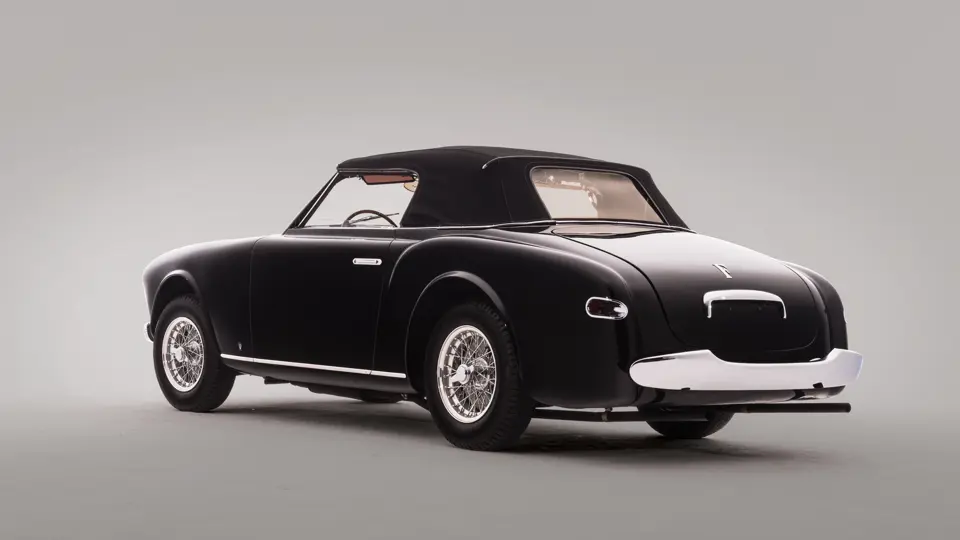
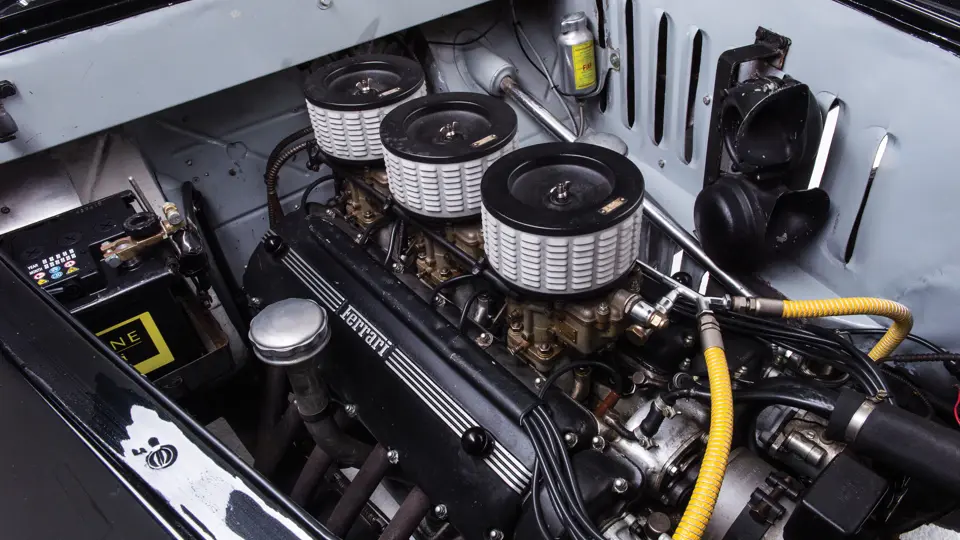


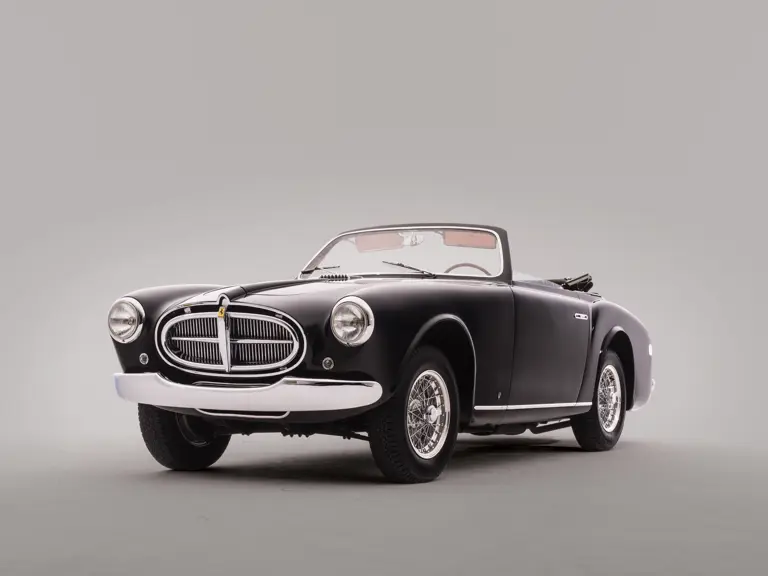

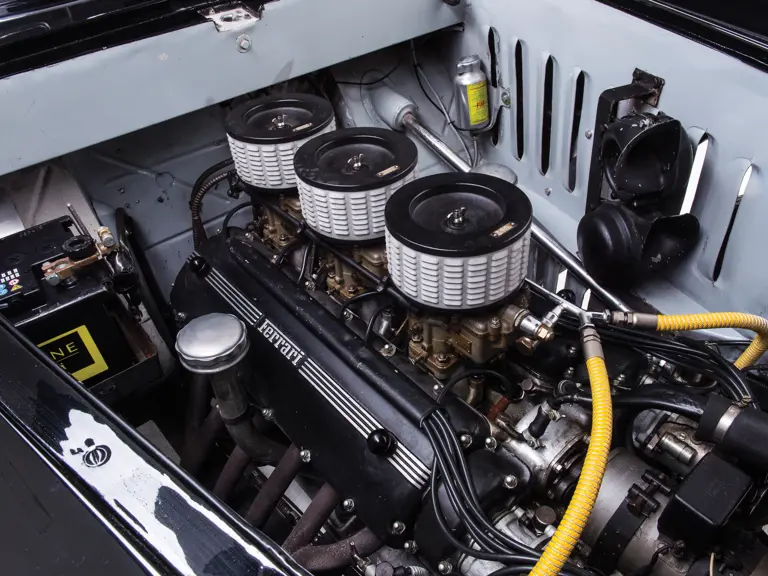
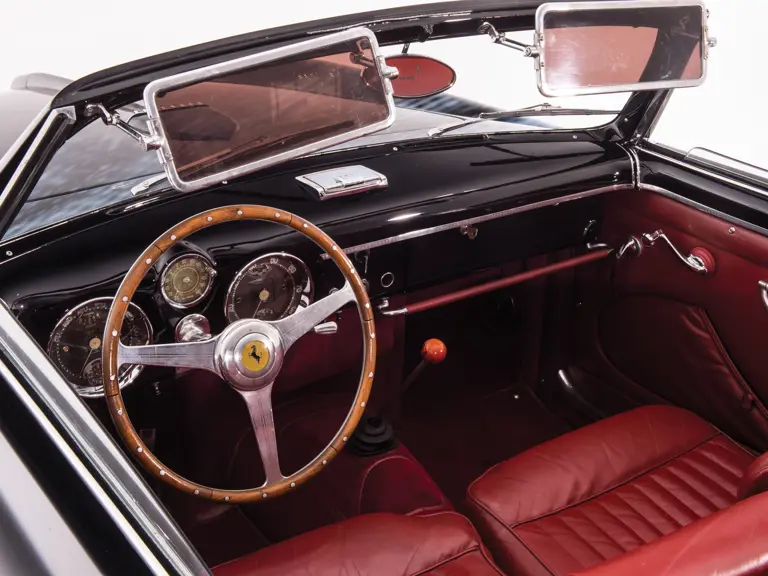
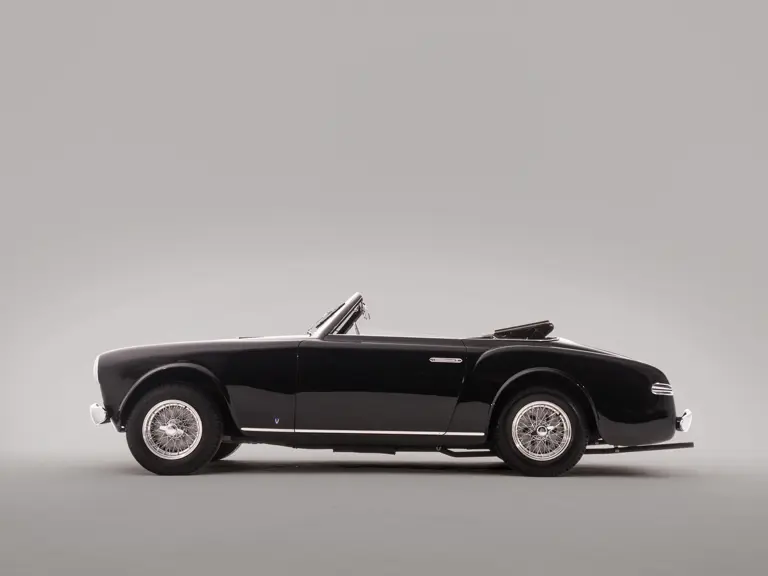
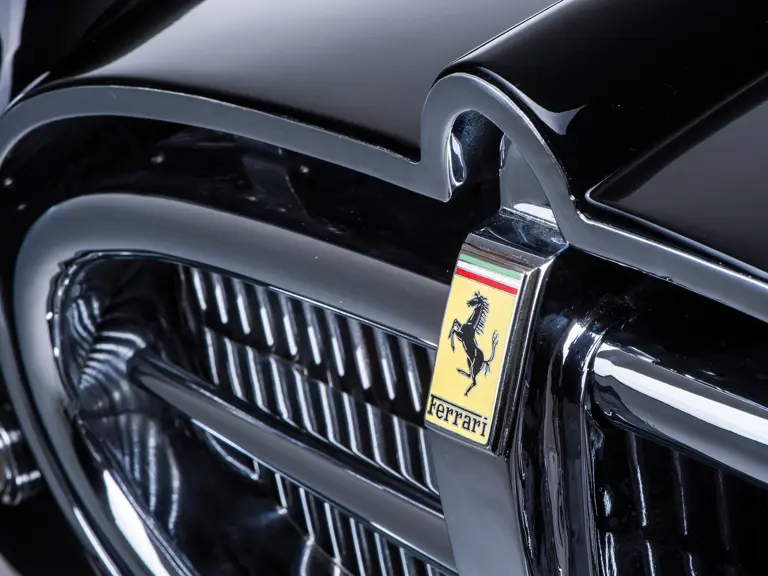
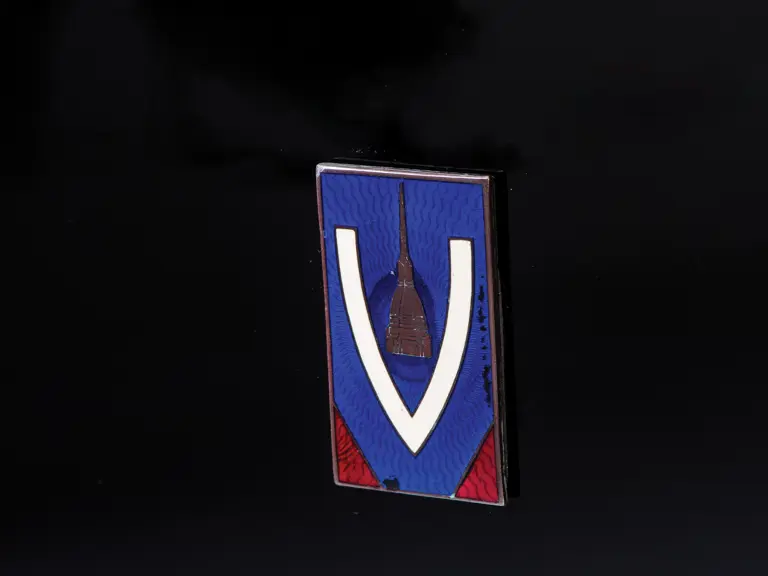
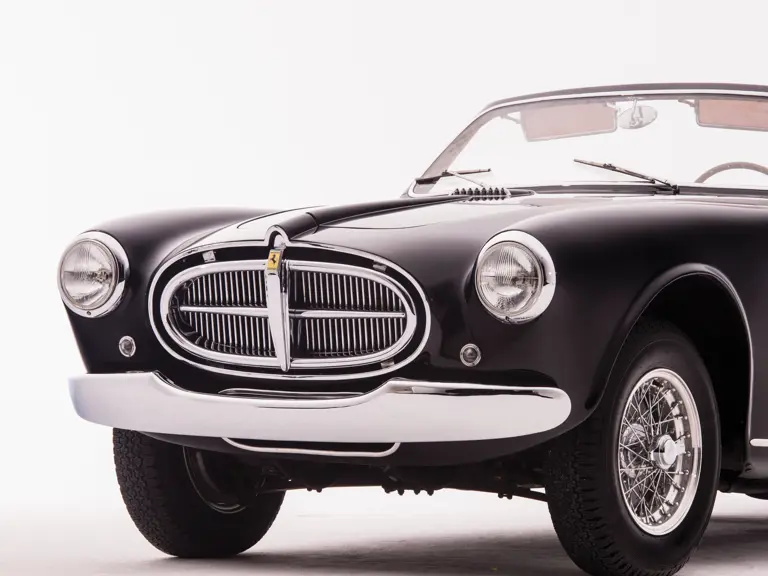
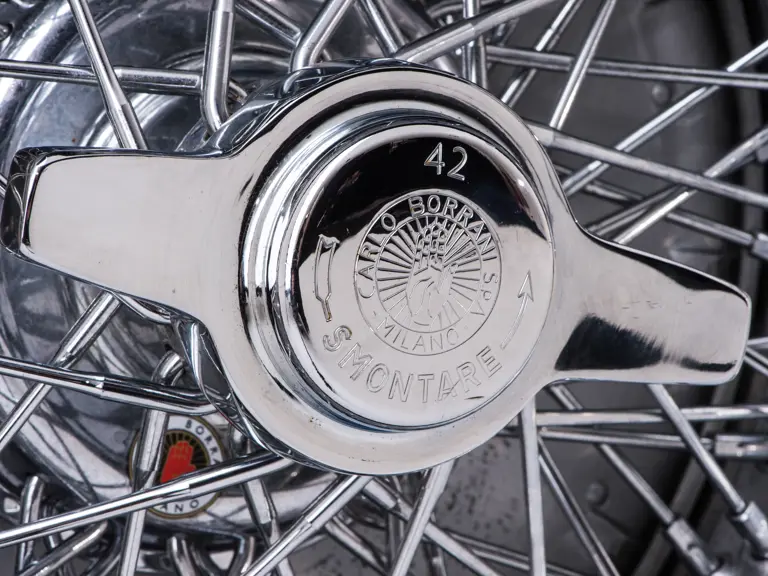

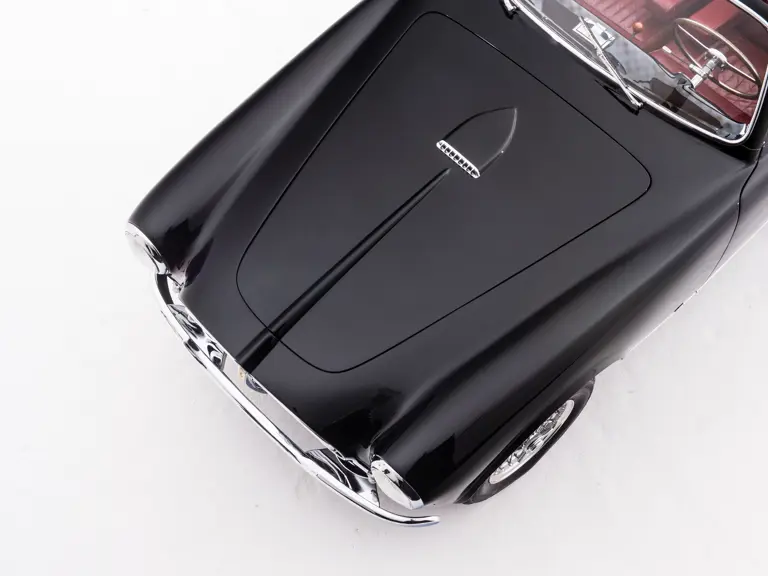
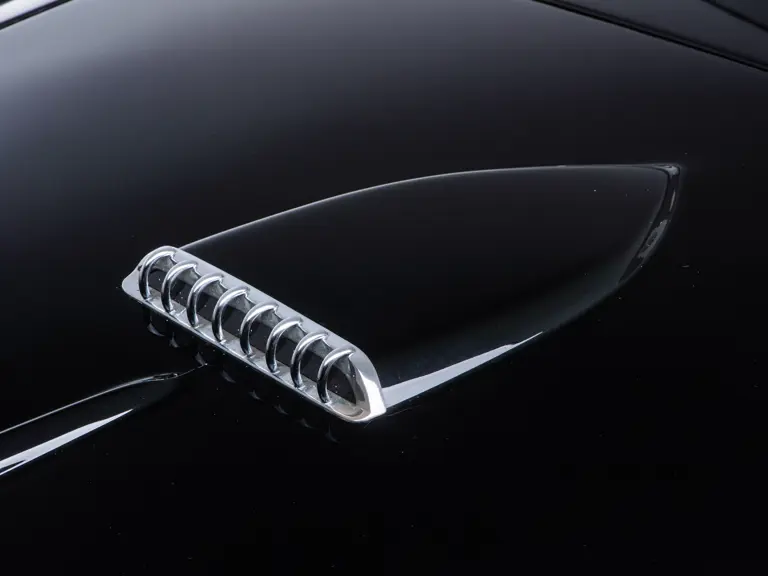
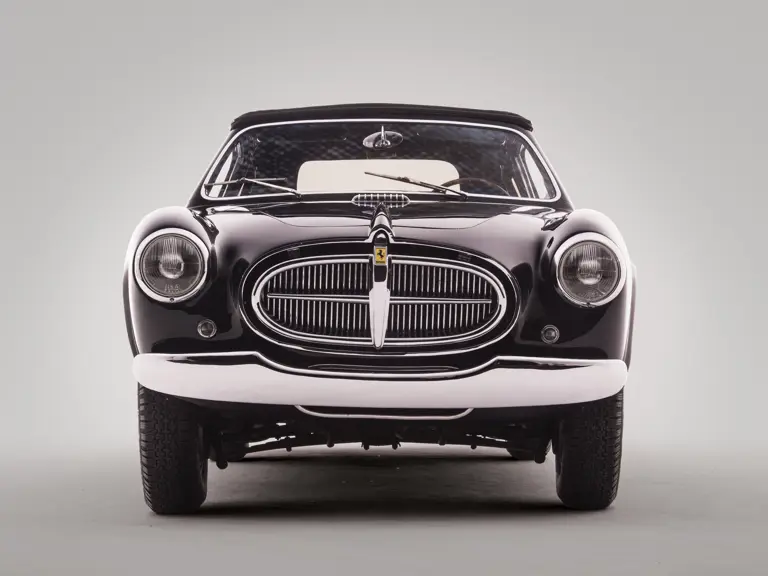
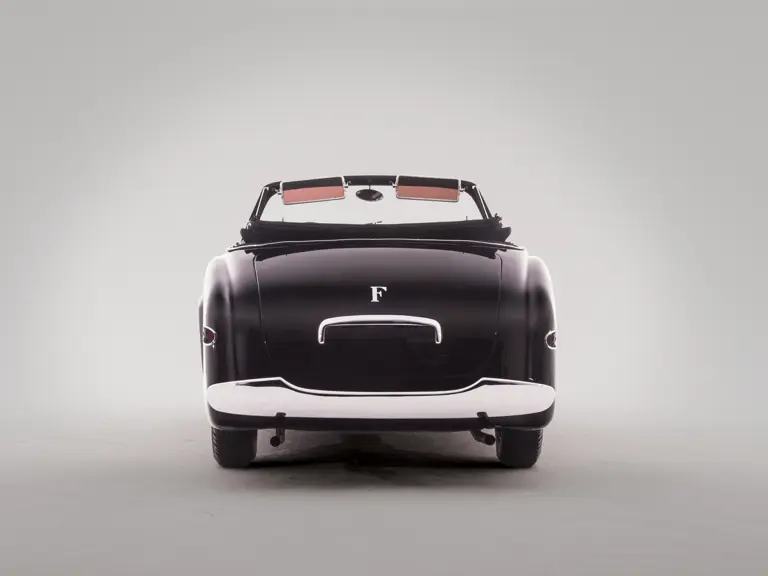
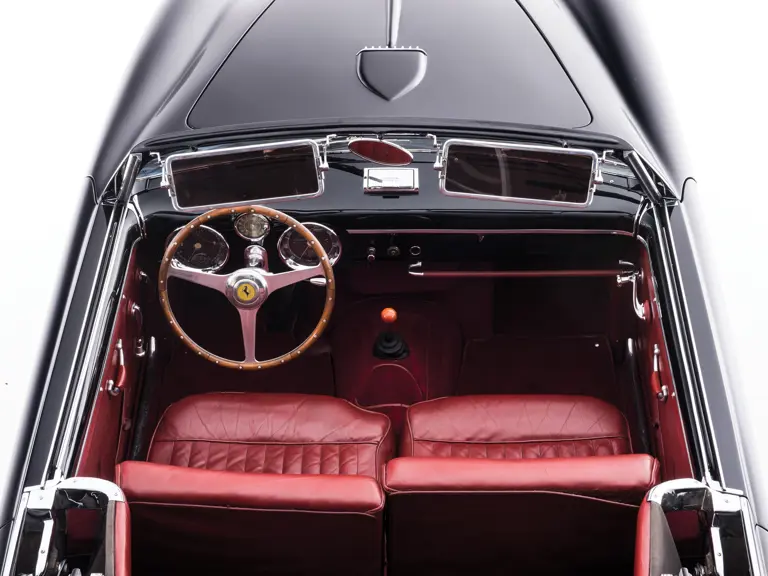
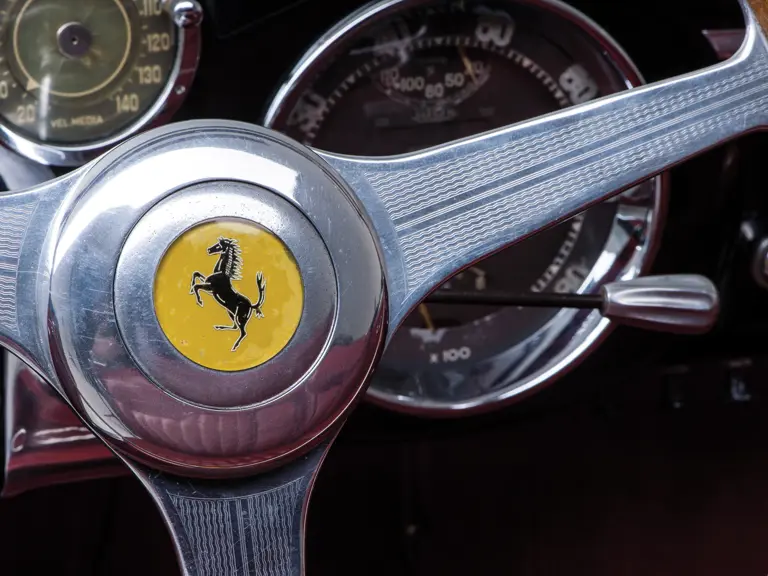
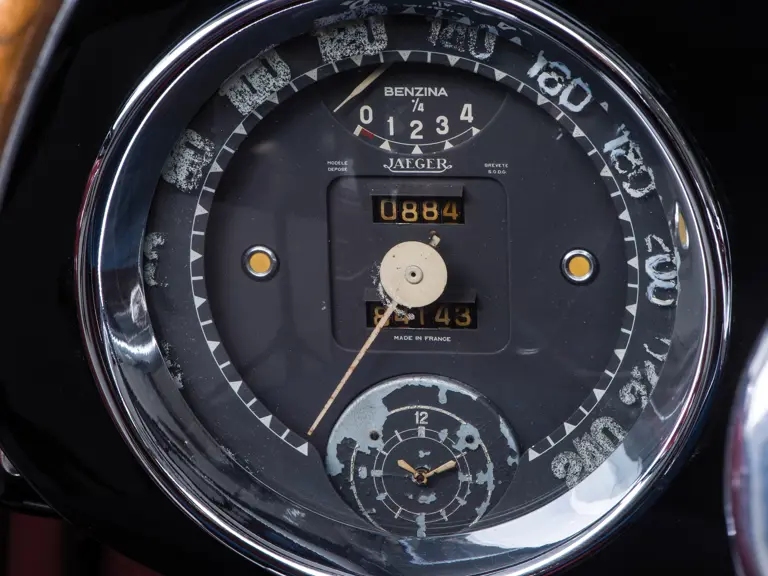
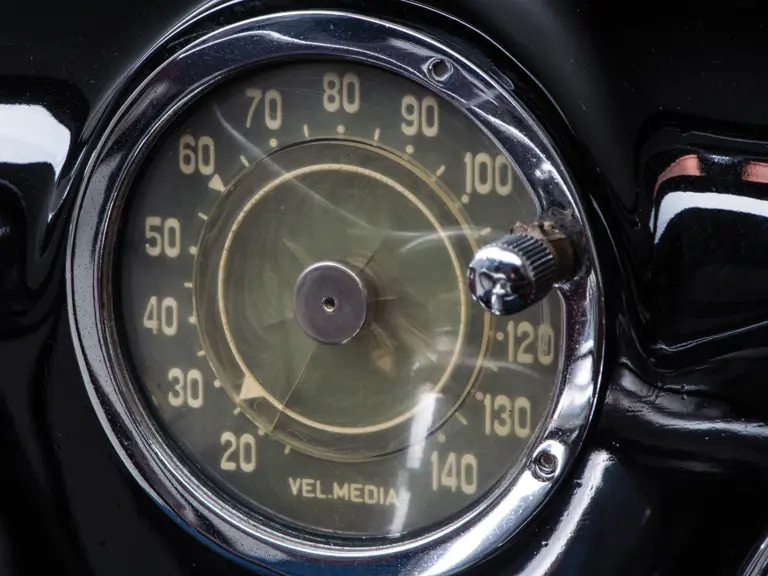
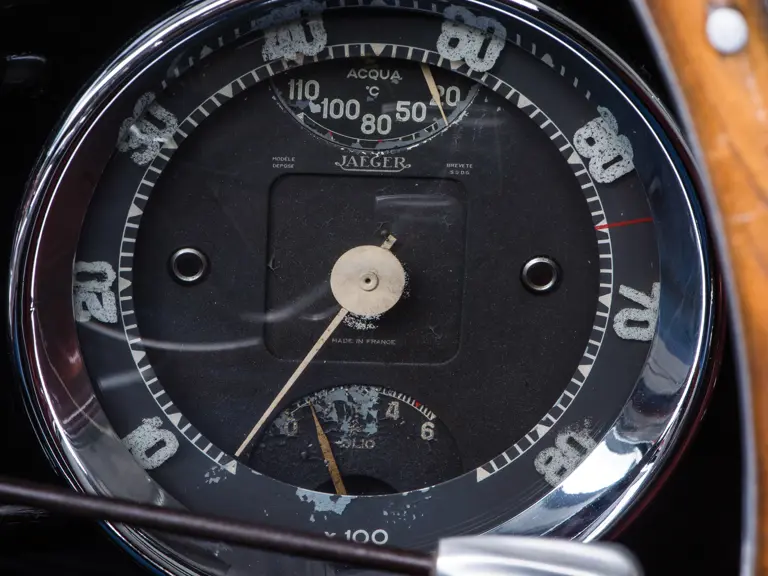

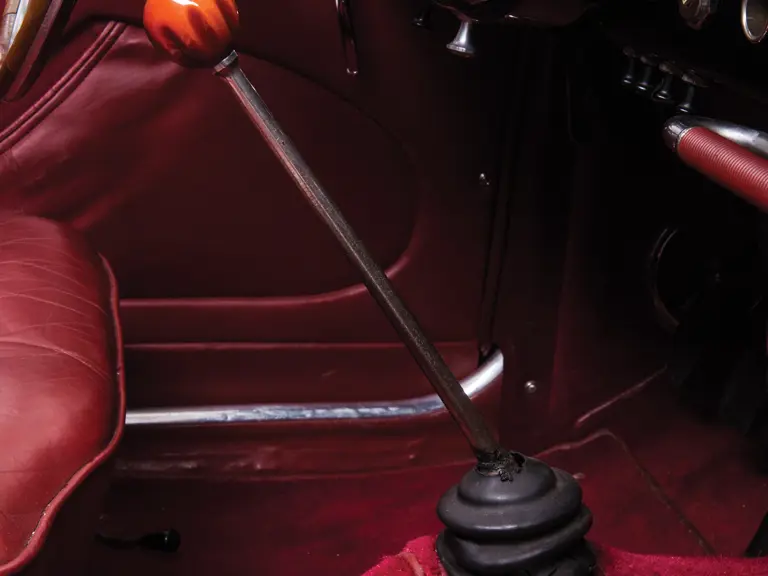



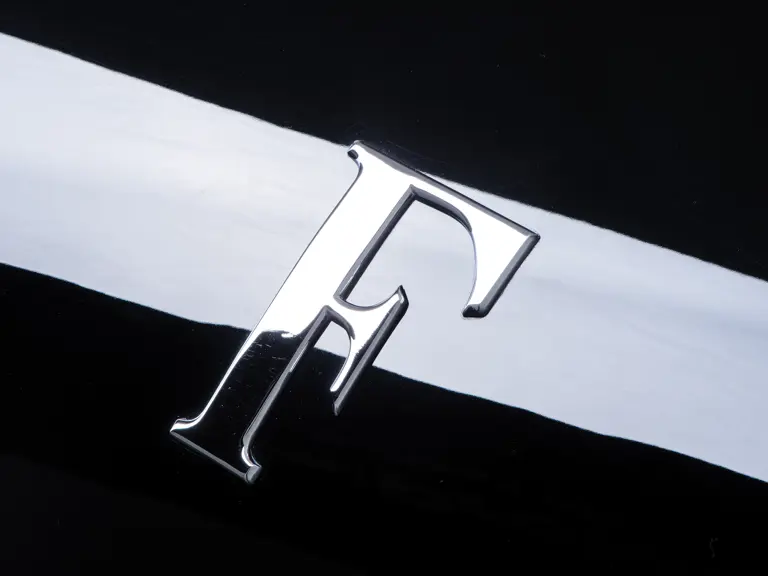
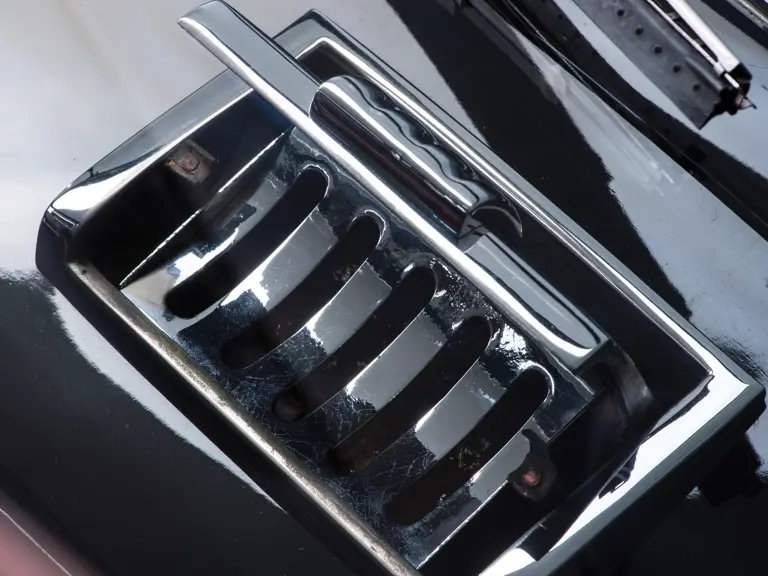
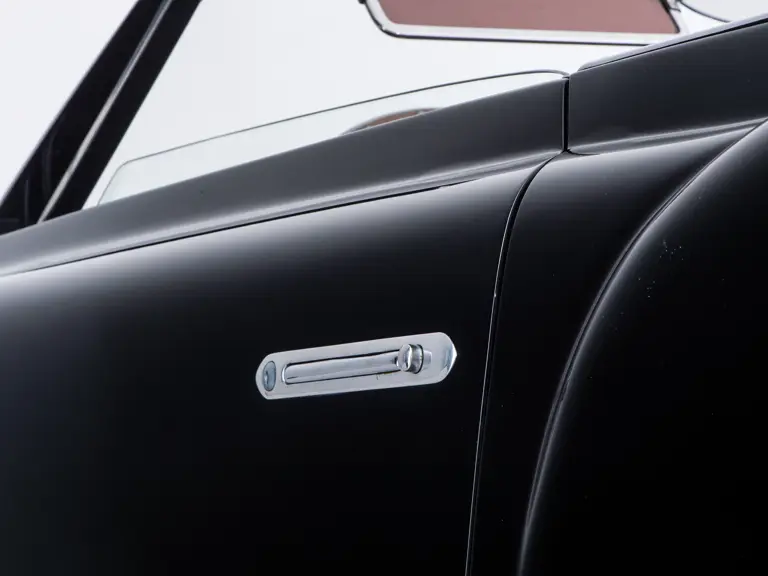
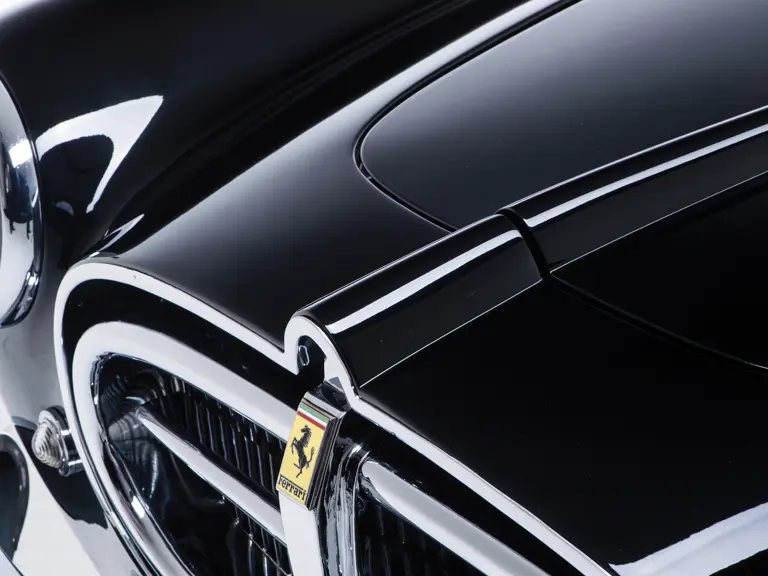
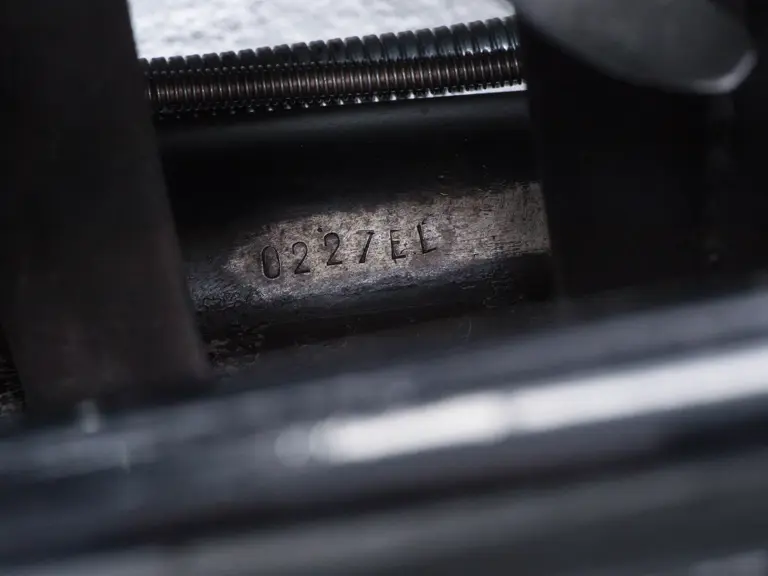
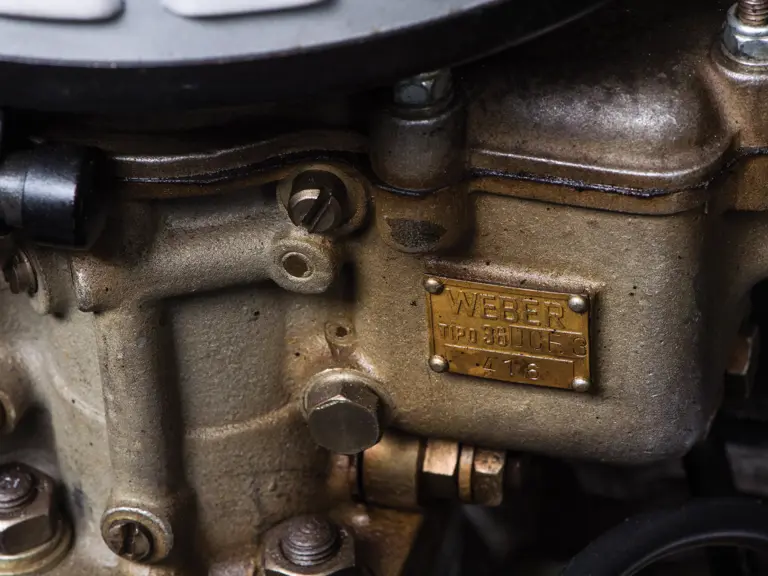
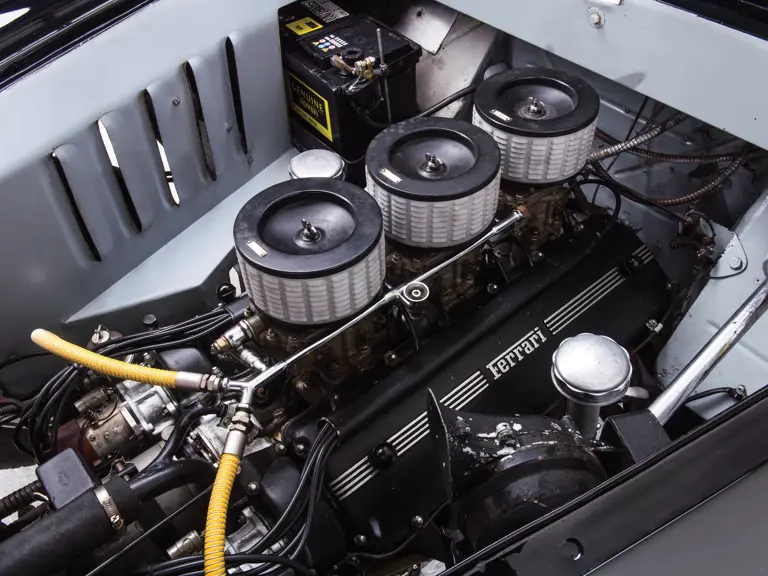

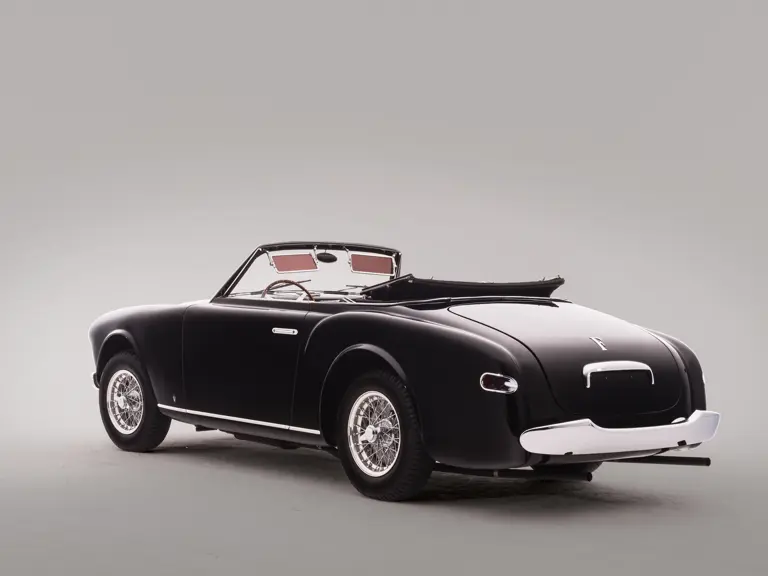
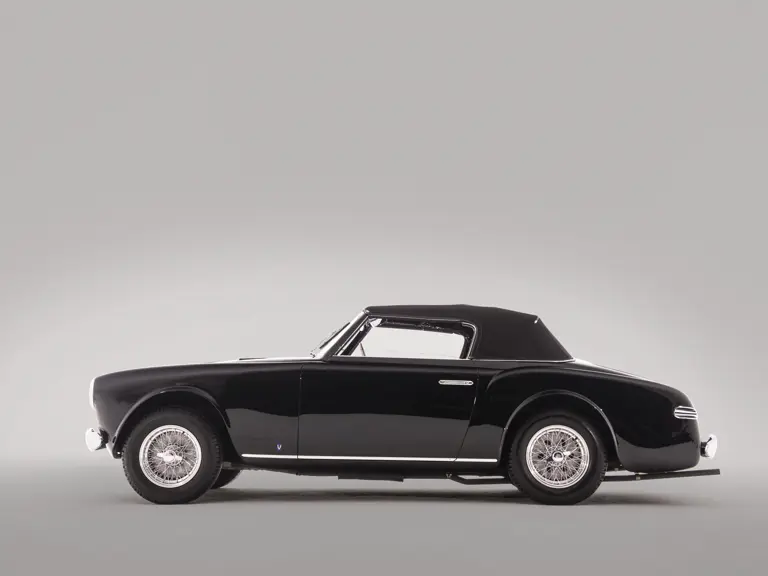
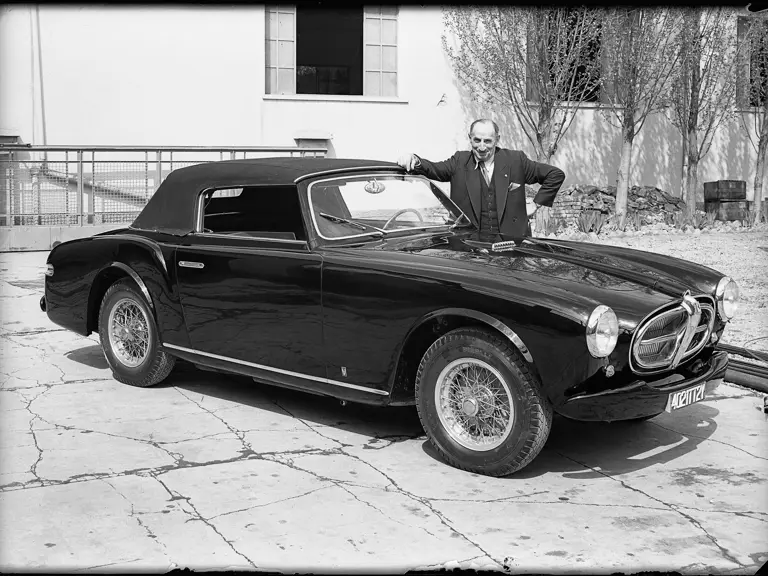
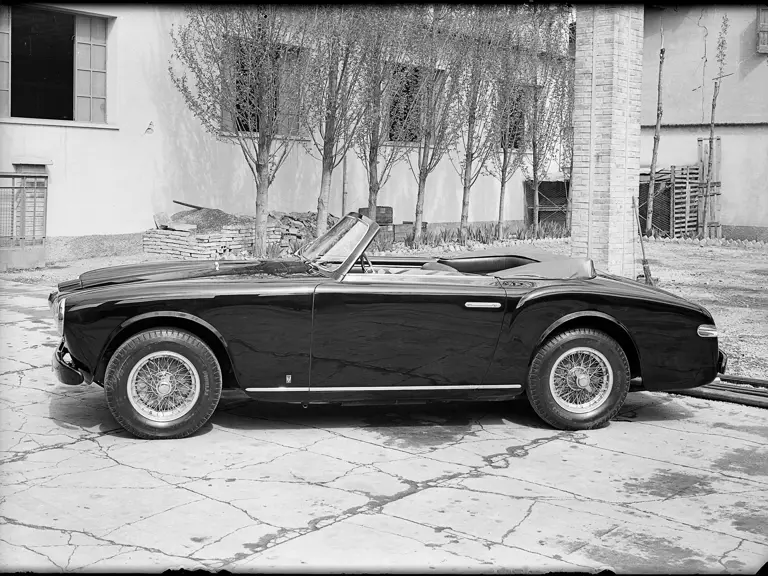
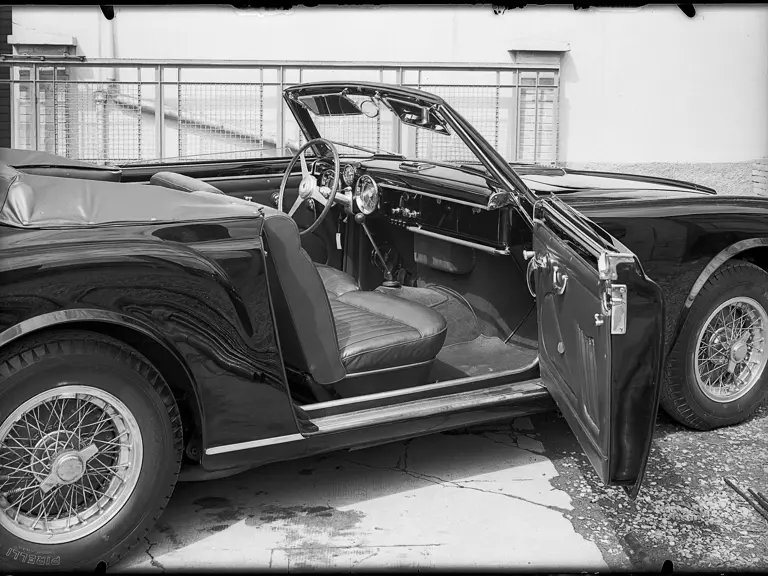
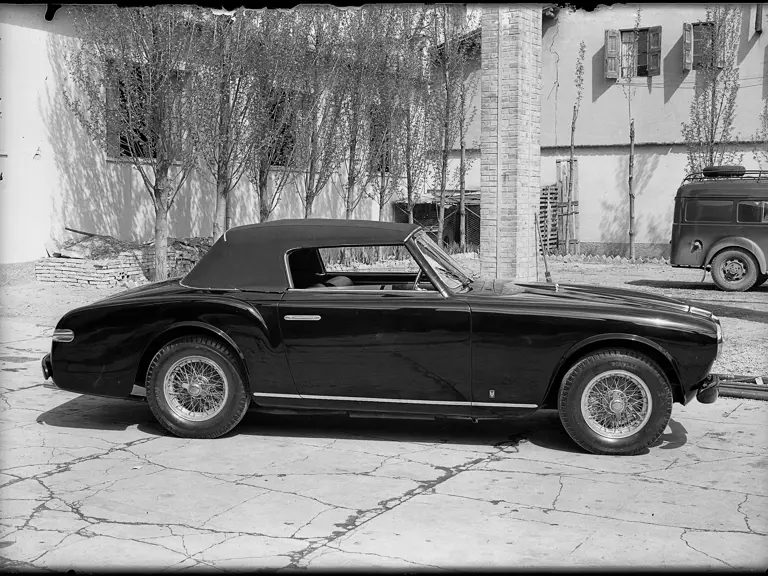
 | Monte Carlo, Monaco
| Monte Carlo, Monaco
